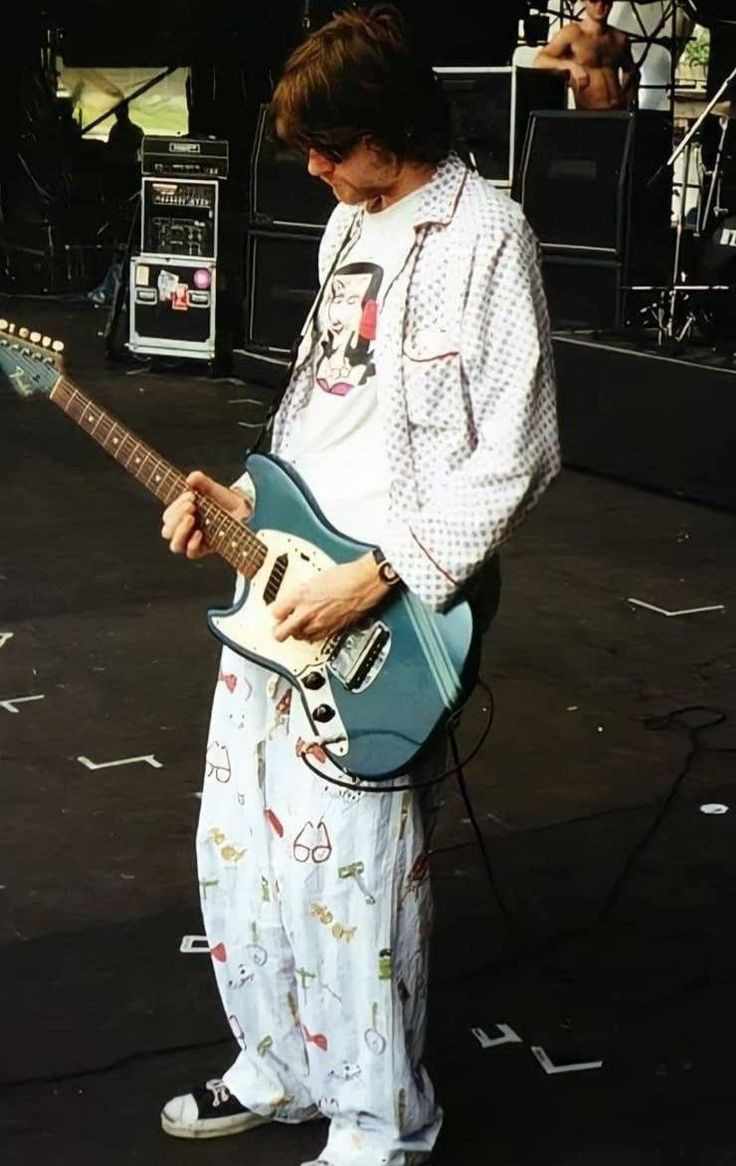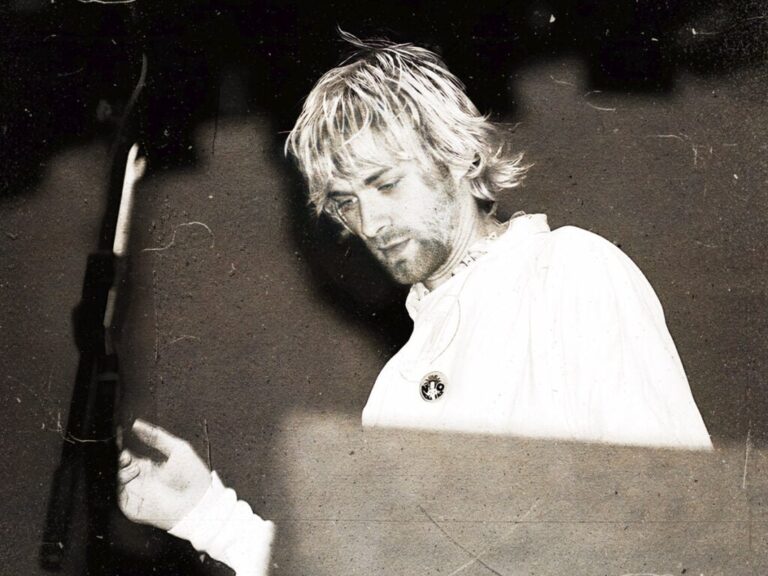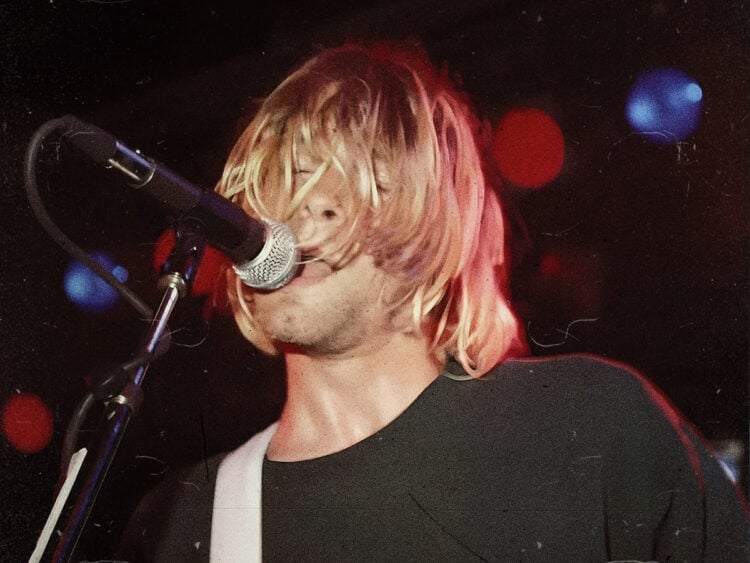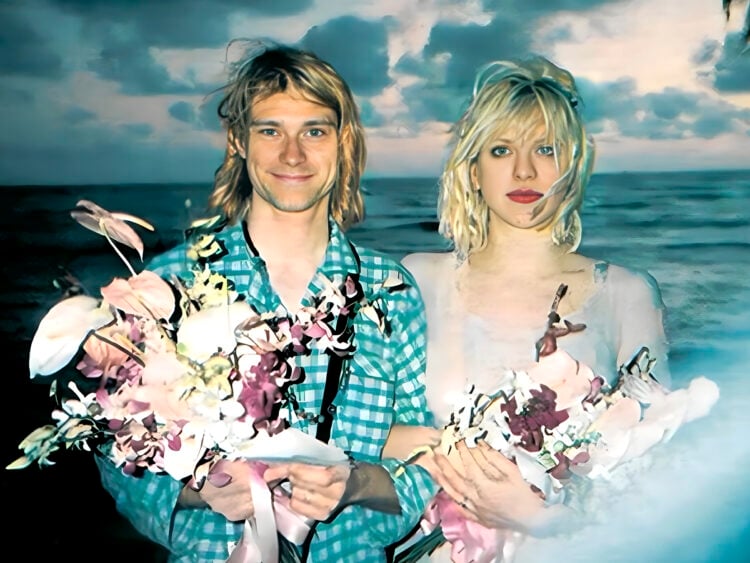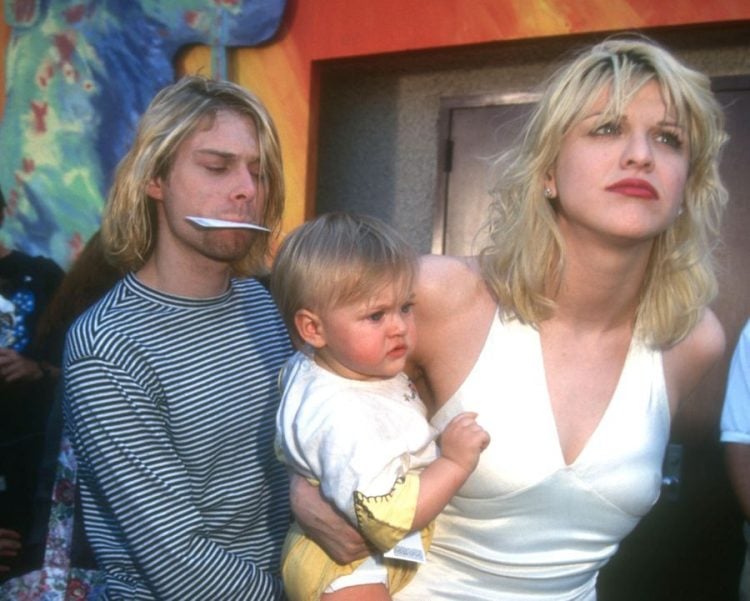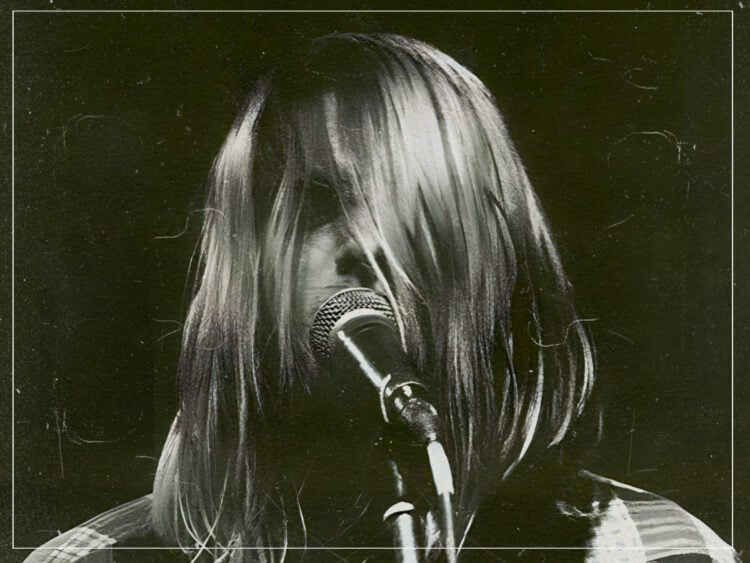How Nirvana’s ‘Smells Like Teen Spirit’ changed guitar playing forever
out with their 1991 single ‘Smells Like Teen Spirit’. In the blink of an eye, the era of grunge had arrived. A sound that had been bubbling away underground for years was now at the forefront of musical fashion. It drew on hardcore punk, metal, sludge, and the harmonious melodies of 1960s pop to create a dark and pulsating, but incredibly infectious sonic palette. While Nirvana and their Seattle peers might have rejected the grunge tag, it became the primary mode of 1990s guitar music.
Although the total veracity of the story is contested, the usual version tells us that Nirvana’s emergence with ‘Smells Like Teen Spirit’ killed off the increasingly excessive and misogynistic 1980s hair metal and gave the disenfranchised Generation X a voice. The power of Kurt Cobain’s songwriting on the track, and the album it came from, Nevermind, also popularised the grunge aesthetic, with flannel shirts, ripped blue jeans, and Fender offset models now staples of popular culture.
While the song would breathe life into the guitar music of the decade, and helped a variety of excellent alternative rock, emo, post-hardcore and shoegaze groups on their way, it would also have a negative side-effect, see Nickelback, Creed and Bush for confirmation.
Many people would also say that, for the most part, the nu-metal movement is another extension of the grunge sound. It took the darkness and intensity of grunge into new, detuned, and wholly anti-blues areas. This is a contested point, though, depending on who you speak to, as some of the groups closely tied to that scene are still going today and, at their peak, broke through with genuine innovation and artistic brilliance. Ironically, these always distanced themselves from the tag, most notably the likes of Deftones, Korn and Slipknot.
The cultural tsunami that Nirvana caused with ‘Smells Like Teen Spirit’ ranged from the ubiquitous to the microscopic. One significant way it changed the world’s face was the impact on guitar-playing approaches. The rock guitar would never be the same again.
Before anything else, Cobain’s playing on the 1991 hit made it clear that success could be achieved as a guitarist without having to be as technically proficient as the metal virtuosos of the 1980s. It simplified things, swapping out the divebombs and widely overdone string-tapping over-done in the previous decade. Instead, it welcomed an effective central chord progression, uncomplicated, tension-building riff and emotive solo.
In addition, the way Cobain approached his playing by employing a counterbalancing blend of infectious music with silenced spaces, saw the song become widely influential for modern guitarists. It must be noted that the frontman didn’t accomplish this all on his own. Cobain admitted to being inspired by the “soft and quiet, then loud and hard” dynamics of alternative rock pioneers Pixies, which also saw him juxtapose a distorted guitar sound with a cleaner chorused one, a technique that would become so popular that we’ve now even seen it in pop music for years.
Cobain’s guitar playing on the track was also significant in conveying that not being afraid to marry your influences is a great thing and a key to unlocking any guitarist worth their salt’s full potential. Many in the hardcore scene would have scorned the pop melodies of his childhood heroes, The Beatles, something Cobain conceded, yet he didn’t care. These sugary aspects of his playing became the hook for pulling in the masses and bringing alternative rock out of the underground.
This ethos and unashamedly passionate approach to the guitar underscored everything Cobain did. He once said: “Punk rock should mean freedom, liking and excepting anything that you like. Playing whatever you want. As sloppy as you want. As long as it’s good and it has passion.” Since the moment ‘Smells Like Teen Spirit’ first hit the airwaves on September 10th, 1991, we’ve seen many guitar heroes assert their dominance through coupling their songwriting talent with a guitar-playing technique that is not the most elegant ever seen, but is ballasted by ample passion, and a genuinely distinctive artistic edge.
Whether this be alternative rock behemoth Hum, post-hardcore stalwarts Drive Like Jehu or 2000s post-punk/indie mainstays Interpol, ‘Smells Like Teen Spirit’ opened the gates for modern guitar playing, and we’re a lot better off for it. It allowed new areas to be discovered simply by ignoring tradition and underpinning this almost countercultural philosophy with an unfettered brilliance that might have otherwise been lost due to genre restrictions.
As well as re-popularising the distortion pedal, ‘Smells Like Teen Spirit’ would also see the chorus pedal become one of the most famous tools in a rock guitarist’s arsenal. Of course, it had been used before, but the varied use of the Electro-Harmonix Small Clone on the track was also consequential. He played it with a clean guitar tone on the verses and in conjunction with the Boss distortion on the pre-choruses and solo. This showed that the effect could be textural instead of being played on one setting throughout an entire song, as it had been in the 1980s by post-punk and goth acts. This balance would also unlock its true potential as a device.
A wholly significant moment in the history of rock guitar playing; if you named any band today that utilises the six-string, you could trace back some of what they do in this area to ‘Smells Like Teen Spirit’. It’s a remarkable achievement. It leads one to wonder if there will ever be another song as important for the instrument in the modern era.
